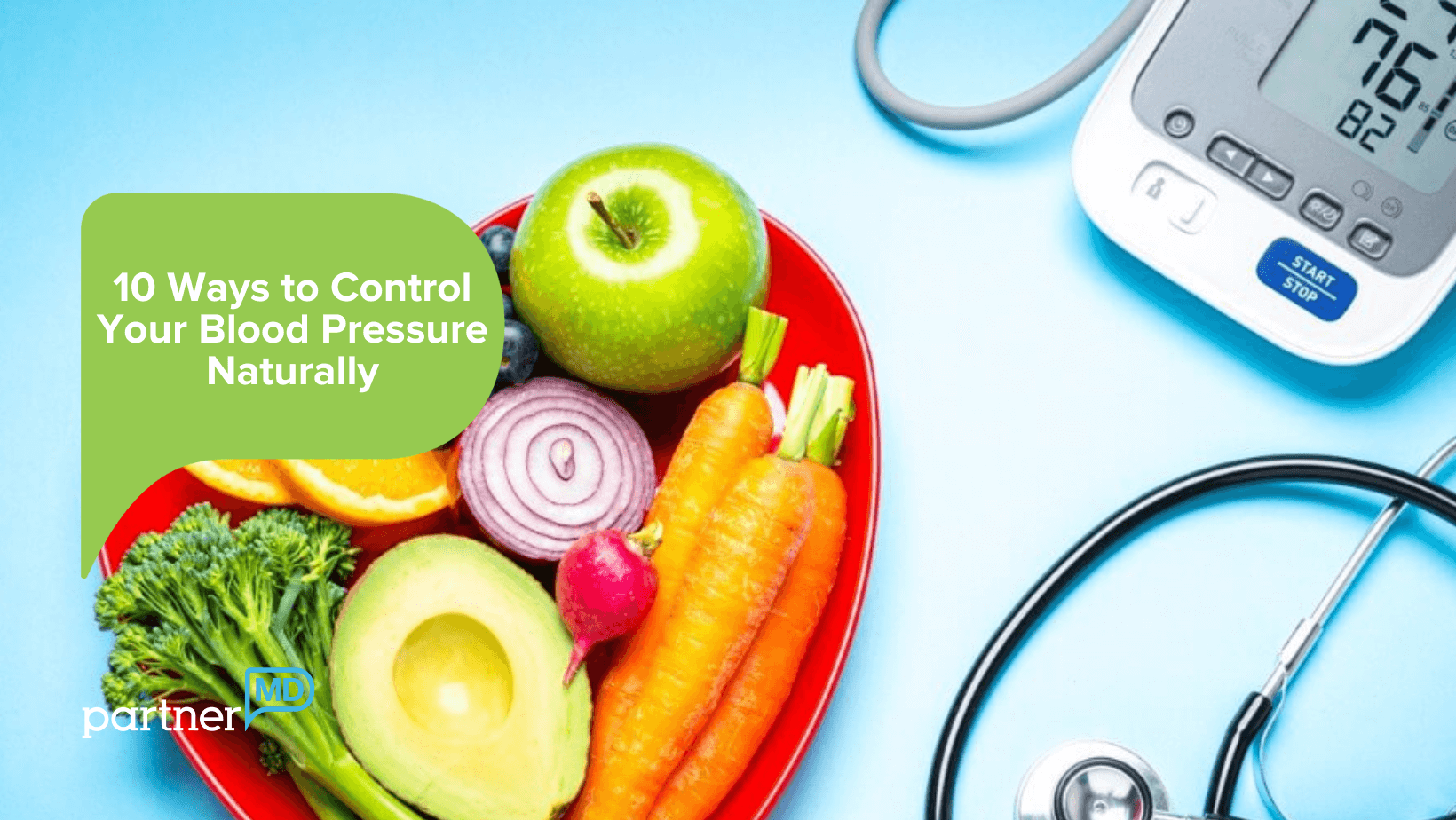
Understanding Testosterone Tests: What You Need to Know and Our Experience
Testosterone, the primary male sex hormone, plays an essential role in several bodily functions, such as muscle mass, bone density, red blood cell production, and mood regulation. It is most commonly associated with male health, though women also produce it in smaller quantities. Low or high testosterone levels can lead to various physical and emotional changes, which is why testosterone testing has become an important part of diagnostic healthcare.
This article explores the different types of testosterone tests, when they are used, how they are performed, and shares insights based on our experience with them.
What is Testosterone?
Testosterone is a steroid hormone produced primarily in the testes in men and in the ovaries and adrenal glands in women. It regulates critical aspects of health, including:
- Sexual function: Testosterone is essential for libido and erectile function in men.
- Muscle and bone health: It supports muscle mass, strength, and bone density.
- Mood and energy: Low testosterone can contribute to depression, fatigue, and irritability.
- Hair growth: It promotes facial and body hair in men.
Testosterone levels naturally decrease with age, often starting around the age of 30. In some cases, low testosterone levels can result in conditions like erectile dysfunction, osteoporosis, depression, and weight gain. On the other hand, abnormally high testosterone levels can lead to aggressive behavior, increased risk of cardiovascular issues, and other complications.
Why Are Testosterone Tests Done?
Testosterone tests are generally conducted to assess testosterone levels for a variety of reasons:
- Symptoms of Low Testosterone: These include fatigue, depression, difficulty concentrating, loss of muscle mass, and reduced libido.
- Symptoms of High Testosterone: These may include excessive hair growth, acne, or aggression.
- Infertility: Low testosterone can interfere with sperm production and result in infertility.
- Monitoring Treatment: Individuals undergoing testosterone replacement therapy (TRT) may need to monitor their testosterone levels to ensure they are within a healthy range.
- Diagnosing Underlying Conditions: Conditions like hypogonadism (underactive testes) or polycystic ovary syndrome (PCOS) in women may be linked to abnormal testosterone levels.
Types of Testosterone Tests
There are several methods to test testosterone levels, each providing unique insights into a person’s hormone status. The most common tests include:
1. Total Testosterone Test
This is the most common type of test, measuring the overall amount of testosterone in the blood. It includes both the free testosterone (unbound) and the testosterone that is bound to proteins, like sex hormone-binding globulin (SHBG) and albumin.
- Normal Range: For men, the typical range is about 300 to 1,000 nanograms per deciliter (ng/dL), but this can vary depending on age and other factors.

- When It’s Used: This test is often the first step when doctors suspect low or high testosterone levels. It is usually done in the morning when testosterone levels are highest.
2. Free Testosterone Test
Testosterone in the blood exists in two forms: bound and free. Free testosterone is the active form that is available for use by the body. A free testosterone test measures the fraction that is not bound to proteins.
- When It’s Used: A free testosterone test is usually ordered when total testosterone levels appear to be within the normal range, but symptoms of low testosterone persist. This is because some people have normal total testosterone but abnormal levels of free testosterone.
3. Bioavailable Testosterone Test
This test measures the portion of testosterone that is available for the body to use, including both free testosterone and testosterone bound to albumin (a less tightly bound protein).
- When It’s Used: It can be particularly useful for people with altered SHBG levels, as they might not have as much testosterone available for use even if total testosterone appears normal.
4. LH and FSH Tests
Luteinizing hormone (LH) and follicle-stimulating hormone (FSH) are pituitary hormones that stimulate the production of testosterone. These tests are often ordered alongside testosterone tests to evaluate whether low testosterone is due to a problem in the testes or the pituitary gland.
- When It’s Used: These tests are used to differentiate between primary hypogonadism (a problem in the testes) and secondary hypogonadism (a problem in the pituitary gland).
How Testosterone Tests Are Performed
Testosterone testing is typically done with a simple blood sample, and the process involves the following steps:
- Preparation: Your healthcare provider may ask you to fast for 8–12 hours before the test, though this isn’t always required.
- Collection: A blood sample is drawn from a vein, usually from your arm.
- Timing: Since testosterone levels fluctuate throughout the day, it is generally recommended to have the test done in the morning (between 7 a.m. and 10 a.m.), when testosterone levels are at their peak.
What the Results Mean
- Low Testosterone: Low levels of testosterone can lead to a wide range of symptoms such as fatigue, loss of muscle mass, and reduced libido. A diagnosis of low testosterone often requires confirming results from multiple tests and evaluating symptoms.
- High Testosterone: Elevated testosterone levels may be a result of steroid use, tumors in the testes or adrenal glands, or other conditions. Symptoms may include aggression, excessive body hair, or acne.
Our Experience with Testosterone Tests
In our experience, testosterone tests can be a valuable tool in diagnosing various health issues related to hormonal imbalances. The process itself is straightforward, but interpreting the results can sometimes be more complex.
- Consistency is Key: Our results showed that testosterone levels can fluctuate widely from day to day, which is why repeat testing is sometimes necessary. This is especially true for those on testosterone replacement therapy (TRT) or those who are experiencing symptoms that don’t correlate with a single test result.
- Accuracy Concerns: Some individuals with normal total testosterone may still experience symptoms due to issues with free testosterone levels or SHBG. This is why comprehensive testing (including free and bioavailable testosterone) is often necessary for a full picture.
- Impact on Treatment: For those undergoing TRT, testosterone tests can be crucial in monitoring the effectiveness of therapy and adjusting dosages. Regular tests can ensure that testosterone levels stay within the target range, avoiding potential side effects of both under- and over-treatment.

When Should You Get Tested?
Testing is most appropriate if you’re experiencing symptoms that might indicate a hormonal imbalance. If you notice fatigue, changes in sexual function, or unexplained mood swings, it’s worth discussing testosterone testing with your doctor. Additionally, individuals with chronic conditions like obesity, type 2 diabetes, or those experiencing significant aging symptoms may benefit from testing.
Conclusion
Testosterone tests are a powerful tool in assessing hormone levels, diagnosing disorders, and guiding treatment. Understanding when and how to test, as well as interpreting the results, can help you make informed decisions about your health. While the tests themselves are relatively simple, the implications of abnormal results can vary depending on the individual and their health context. Based on our experience, we recommend a comprehensive approach that includes total, free, and bioavailable testosterone testing, especially if symptoms of imbalance persist despite normal total testosterone results.



 DailyMediCure
DailyMediCure 









